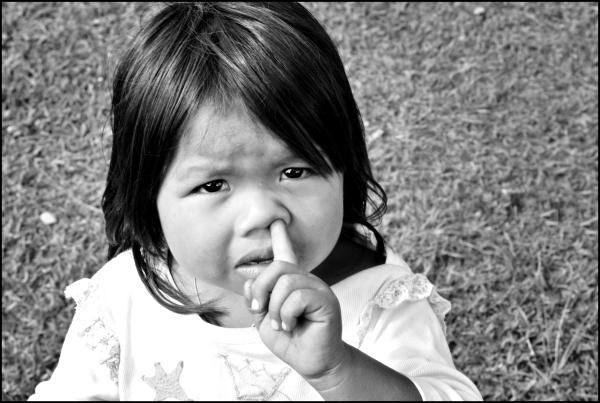“Studies suggest that a large proportion of the adult population regularly pick their nose. It can be hypothesized that regular nose-picking and nail-biting in an environment with high levels of circulating virus enables the virus’s transfer to the nasal or oral mucosa... Infection risk may be further increased when mucosa are damaged, e.g., from the strain due to repetitive nasal finger penetration.”
Quite the hypothesis.
The results are the findings of 404 healthcare workers at Amsterdam University Medical Center COVID-19 positive by self-report or antibody testing. Workers in contact with COVID-19 patients wore gloves, gowns, goggles, and surgical masks routinely or used more protective masks when involved in “high-risk” aerosol-generating procedures, i.e., placing breathing tubes in patients (intubation). Two hundred nineteen workers completed the necessary behavioral and physical feature survey. Within the cohort, 84.5% picked their nose.
Those picking their nose were:
- Younger, median age of 44, compared to non-pickers, median age of 53
- Predominantly males (90%)
- By role - Doctors 91%+, nurses 80%, support staff 86%
- 16% of the cohort of 219 developed COVID, 6% never picked their nose
- Monthly nose picking was associated with 27%, weekly with 35%, and daily 32% of infections
- “None of the participants reported picking their nose every hour.”

- There was a statistically significant 3.8-fold increase in COVID infections for those picking weekly compared to the non-pickers.
- Nail-biting and the presence of a beard did not result in greater COVID infections.
- Individuals wearing glasses had lower COVID infectious rates compared to their non-myopic colleagues, but this did not rise to statistical significance.
“Our findings highlight the importance of the nasal cavity as a main transit port for SARS--CoV-2.”
The researchers also concluded that nail-biting was not a means of transmission because salivary proteins inhibited COVID, “making the mouth merely an exit rather than an entrance route.” The researchers noted among limitations a recall bias and not determining “whether HCW [healthcare workers] committed to nose picking and nail biting when on the work floor, or the specifics of inter variability between nose pickers, e.g., the depth of penetration and eating of boogers.” The researchers recommend future research, including using saline sprays to reduce mucus and nasal disinfection, which parenthetically is used routinely in the US by orthopedic patients undergoing joint replacement. They further suggest that
“…nose picking deserves more consideration as a potential health hazard, and explicit recommendations against nose picking should be included in the same SARS-CoV-2 infection prevention guidelines.”
Will this consideration become another divisive issue in the culture wars around COVID-19?
Source: Why not to pick your nose: Association between nose picking and SARS-CoV-2 incidence, a cohort study in hospital health care workers PLOS One DOI:10.1371/journal.pone.0288352




